Expanding Your Story
Natalie Fay Green is sharing some great perspective today about photographing above and beyond “the norm.” Sure, we all take photos of our friends and families but how often do we capture the supporting scenery to help illustrate those stories? Read on to learn how to expand YOUR story.
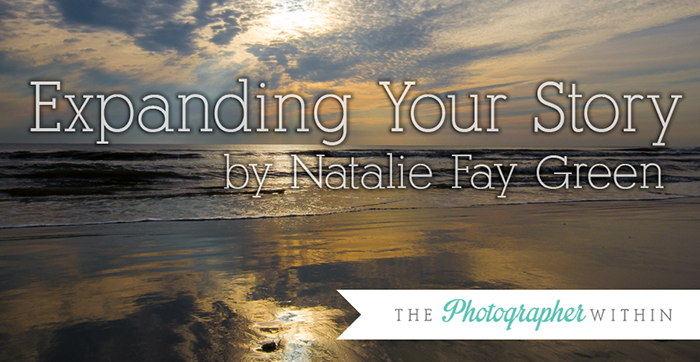
Like a lot of people, I got into photography to document the lives of my children. They were growing so quickly, and my memory, in that haze of exhaustion and sleep deprivation, wasn’t up to the task of preserving their likenesses. So I got myself a camera, and I started learning. I took fun pictures of them for a long time.
Then I found myself growing, um, bored, with my images. I hate to say that—I wasn’t bored with my children, but I was unhappy with the way I was documenting our lives. It felt flat, like something was missing. There are only so many pictures you can take of a baby learning to stand in pretty light—and I certainly took more than my fair share.
At the same time, I was increasingly frustrated. Small children aren’t known for their cooperation with photographer parents. I wanted to shoot something that was more cooperative.
So I started experimenting with shooting things other than people. At first, I shot anything that was interesting—just to practice and because I could. That worked for a while. But then I realized that wasn’t personally very satisfying for me. I’m a storyteller, and images only speak to me when they tell a story.
So I started working with landscape and seascape work, in a more personal way.
A storm rolling in on a beach day.
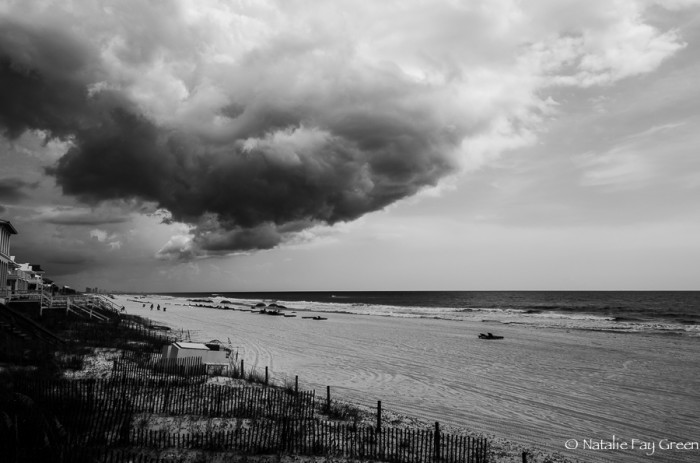
A picture of a family barn.
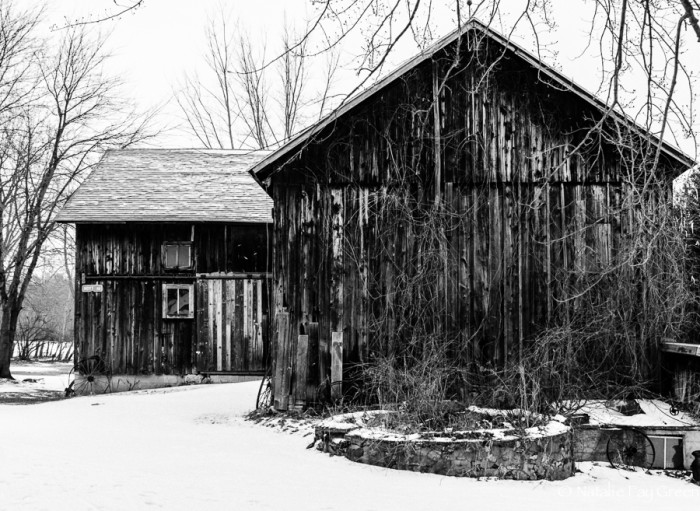
Or a road trip through the snow to get there.

After working on landscapes, I decided to try my hand at still life images. I struggled with them, to be honest. I always felt like I couldn’t get the composition right, and I didn’t understand what I was doing wrong. Finally, a friend and mentor helped me see my problem—I needed to stop focusing on the still life part and start thinking about the story. Once I know the story I want to tell, the composition is easy to figure out.
The story of the first day of school.
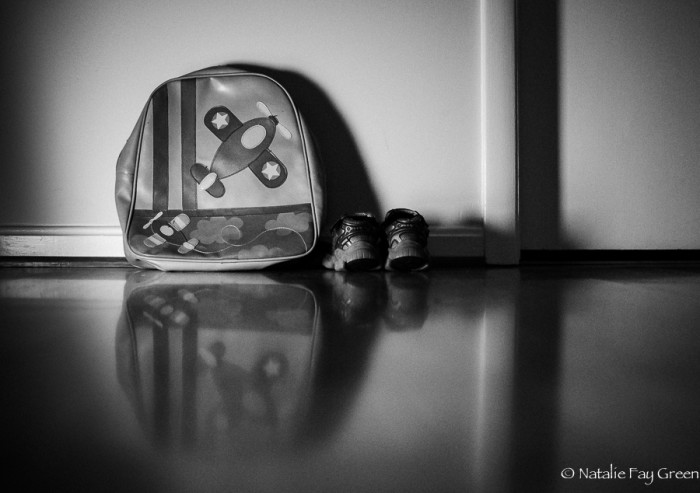
The adventures of toilet training.
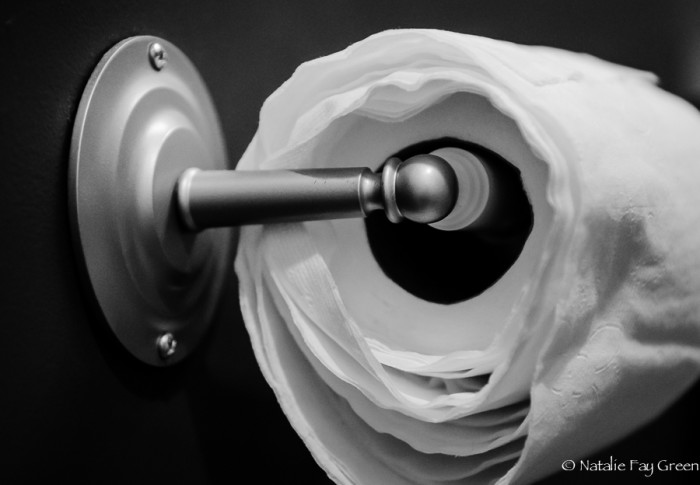
Or that feeling after the kids go to bed on a particularly tough day.
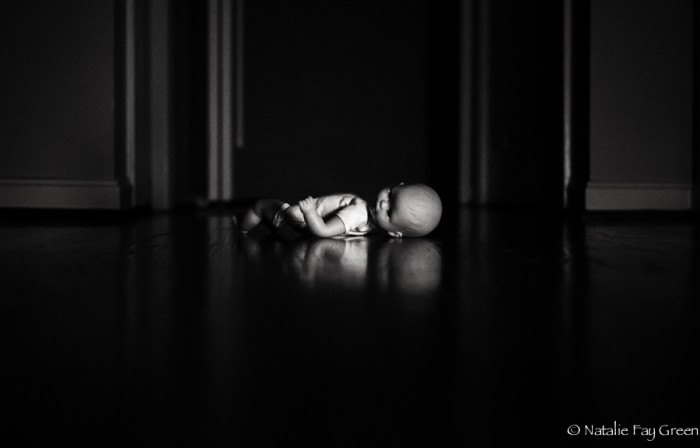
I can tell you that my kids get up with the sun—or I can show you.
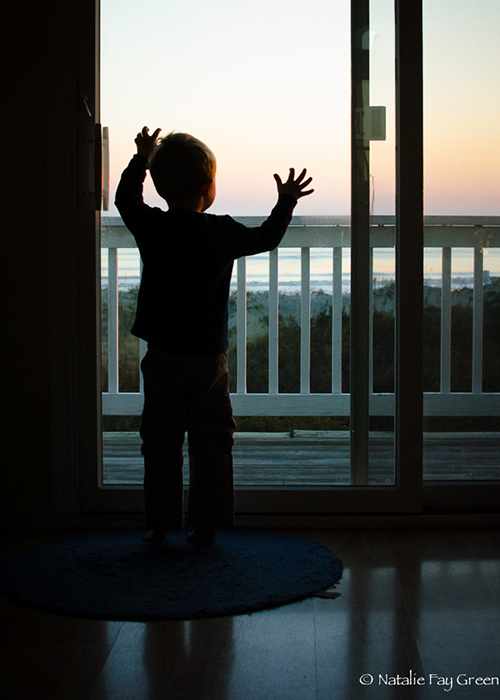
If I show you my kid watching a sunrise, how much more rich is my story if I show you the sunrise itself?
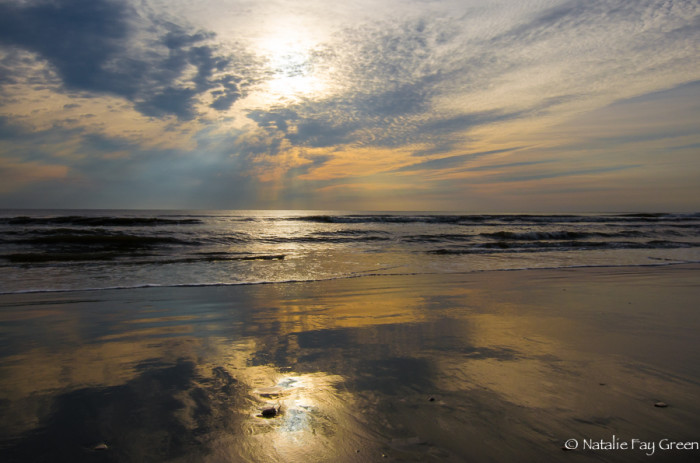
And the evidence that my children crawled into bed in the wee hours of the morning?
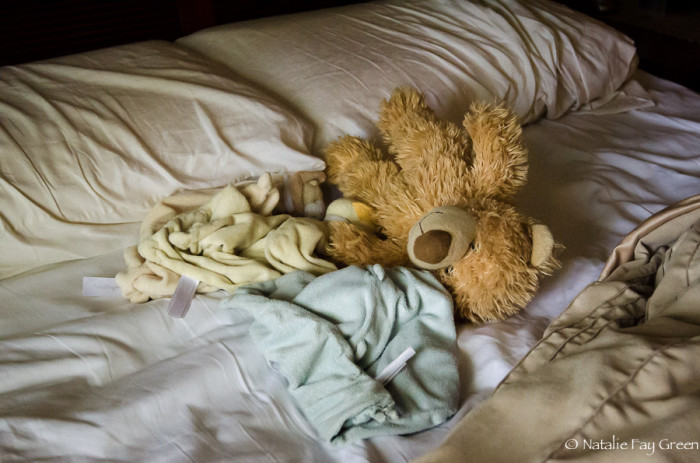
Or that I need coffee because of all of it?
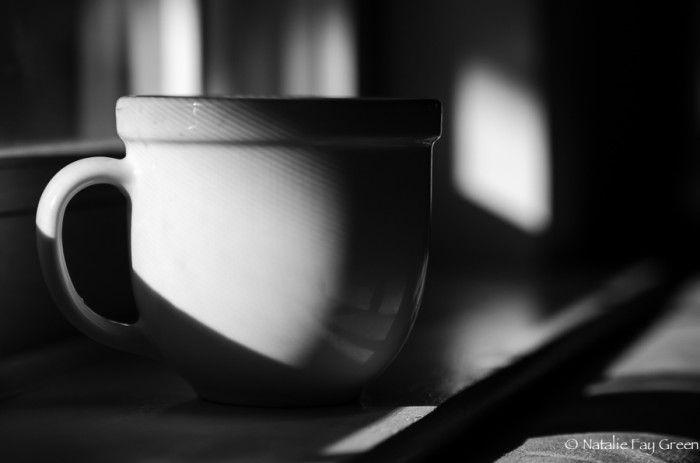
One of the things I’ve learned is that these types of images, devoid of people, can communicate in a way that portrait work may not, especially when they are shown as part of a larger body of work. I don’t mean to disparage portrait work—it’s still my first love. But if I show you a picture of my son going to school, you’ll often see, primarily, a picture of my child—not a picture of the first day of school, as experienced by parents everywhere. By incorporating still life and landscape genres, I can boil the emotion down and connect with my viewer in a different way. It’s neither better nor worse than traditional portrait work, but it adds a different dimension to the entire story I’m telling. And it’s one that I find very satisfying.
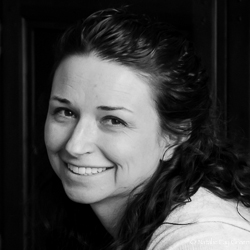 Natalie Fay Green
Natalie Fay Green
Natalie Fay Green is a documentary and fine art photographer. She lives in the DC suburbs with her husband, two children and two dogs. Natalie uses her Nikon Df and assorted lenses to capture the beauty in the world around her. For more of Natalie’s work, including her personal projects, please visit Natalie Fay Green Photography.
Tags: beautiful photographs, better photographs of your kids lives, black and white photography, how to photograph your family, Inspiring Photography, personal photography project, the photographer within, working with kids
Categorized in: Guest Bloggers, Tips & Tricks

20 Comments
Natalie, I love this article! The way you put it into words just explains it so well- I love telling stories and capturing a feeling, and sometimes you need to explore different genres to do that. Beautiful photographs, as always!!
Thank you, Allison!
Excellent article! I love how you broke down storytelling though still life. This is something that I am very interested in doing in my work, I’m excited to try it using your thoughts.
Thanks, Jennifer! It’s one of my favorite (and most cooperative) genres!
I love these ideas! I am inspired to start including more details and scenery into my family’s photos.
Thanks, Jes! It’s definitely been good for me. I love how they fill the story in.
These are beautiful!! I love photographing still life. Now, you have put my thinking cap on! Thanks!
Thank you, Melanie! I’m glad you enjoyed it!
I loved getting a peek into how you bring together different elements in your world to tell your story!
Thanks, Kate!
I’m the same way you were with still lifes. I can’t figure out what I do wrong. Thanks for sharing your perspectives – I’m going to give it a shot. This sounds like a fun way to add variety to my personal photos. That photo of the toilet paper roll made me smile. 🙂
Thanks, Heather! I love the roll of toilet paper too. Good luck!
Loved this!
Thanks, Angie!
I love this article, Natalie, and your images are beautiful!
What a fantastic article! Thank you for posting this! I’m sure this hits home for soooo many of us!
I love your work, Natalie, and – as a fellow storytelling photographer – I loved reading how you incorporate still life images into telling your story. Great ideas!!
Amazing and inspiring article Natalie!
Loved this post Natalie!!! I could relate to so much of what you wrote in the beginning. This is great inspiration to allow other elements and parts of the story to inform my photographs. Thank you so much for sharing!
I love this…its as if you were speaking right to me. I too get bored with just my kids (photographically speaking) and do look to do stills. I too document so connecting these images to others is a great way to storytell. Thank you its nice to hear what I am thinking!!